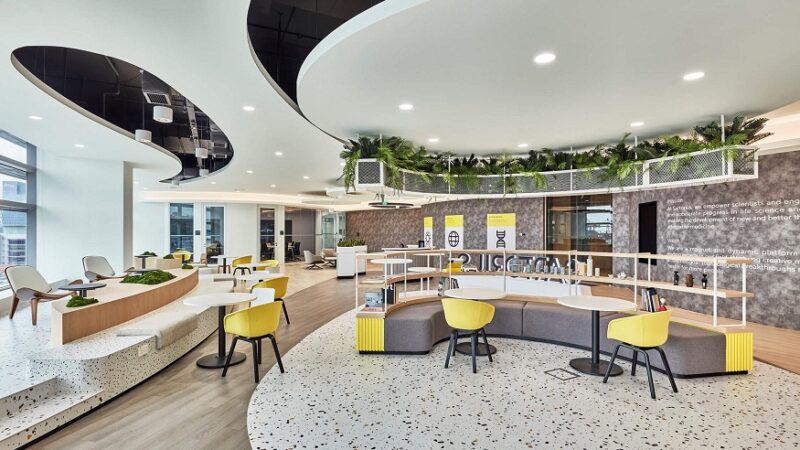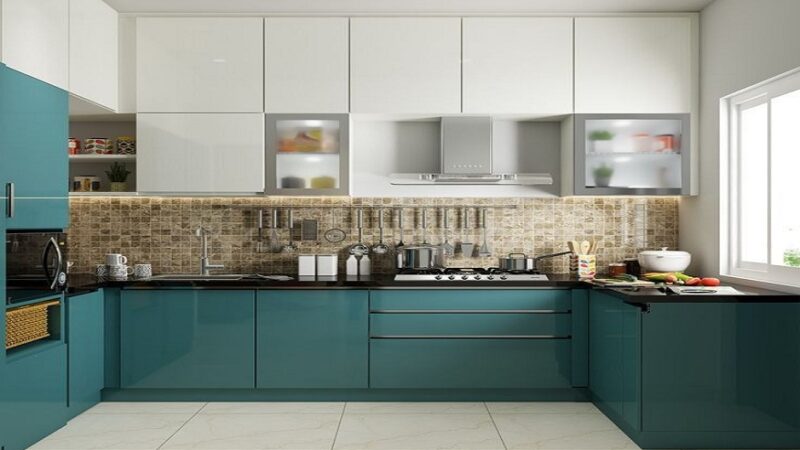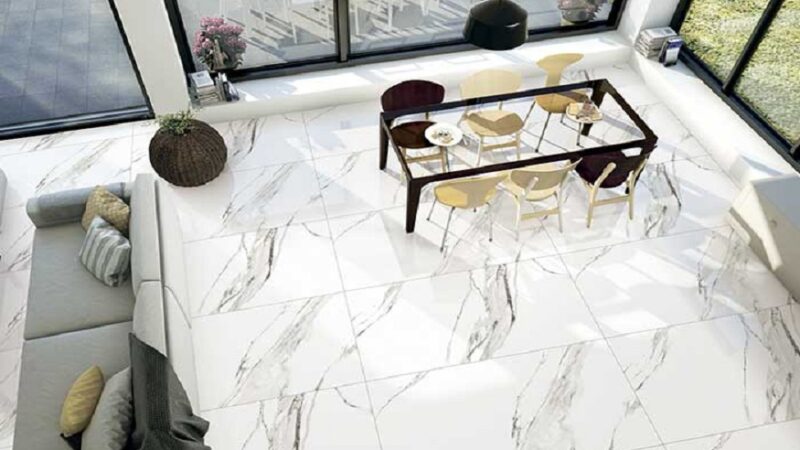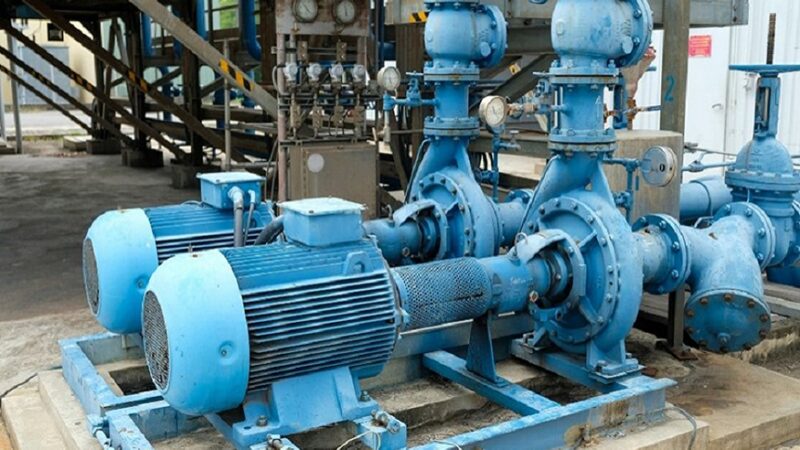What is a 3-phase diesel generator?
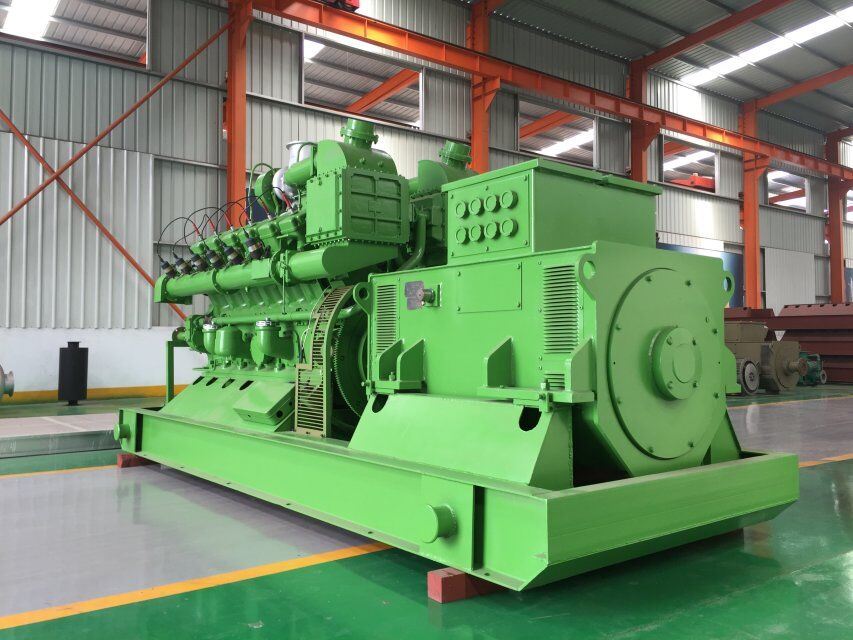
There are two main phase categories for generators, and they are either single or 3-phase. Single-phase generators are typically used for residential use, but more complex power solutions need more power than single-phase ones. Three-phase generators are powerful machines, and they are mainly used for industrial use or heavy supply requirements. If you are looking for a generator to power larger, commercial businesses, you’ll likely want to invest in a three-phase generator. 3-phase generators are there to power high-requirement facilities like data centres and industrial areas in some of Australia’s more remote areas. 3-phase generators generally cost a bit more than single-phase generators and can require more generator maintenance in Brisbane but their efficient machines. Keep reading, and we’ll explain how 3-phase power works.
How single-phase power works?
Single-phase systems use a single active wire in the system to carry the electrical current. This single wire can supply up to 240 volts of power. Power delivery happens in a single wave.
What is 3 phase power?
3-phase is different because it triples on the power of a single conductor. It uses three active wires and can deliver almost double the volts of power. In a 3 phase system, there are three active wires, which means that power is offered in three separate waves in sequence. This is the science involved, but to summarise, the significance of the 3-phase is to say that the delivery of power never ultimately falls to zero. The supply of power is more reliable in this case because where one wire fails, another can compensate in a failure situation. That means that if one wire fails, the other two can continue supplying power to some extent versus a single line of power.
Are 3-phase generators better than single-phase generators?
When it comes to large diesel generators for industrial use, 3 phases may offer greater efficiency, but it doesn’t necessarily mean you should buy a 3 phase generator, as you can imagine. Three-phase models can be much more expensive to purchase and maintain, and you only need them in situations where a unique power supply is required. This can include primary or emergency supply for commercial, industrial, or off-grid situations. These are not for residential purposes.
What are 3-phase power generators used for?
3 phase grid power is used for larger businesses installations where more extraordinary energy delivery is needed. They are designed to handle high power needs that require a very reliable and continuous supply. Here are some examples:
1. Job sites
3-phase generators can be used in areas requiring substantial power, such as commercial construction. In some cases, these job sites are in remote locations where consistent supply from the national power grid is unlikely.
2. Industrial Use
Stationary industrial diesel models are usually used in mining or agricultural sites in heavy industries.
3. Off-grid properties
Some properties have limited or no access at all to the national grid. These sites may benefit from one of the stationary 3 phase models because they have substantial needs.
4. Commercial buildings
There are commercial properties that also require high-power supply generation. These can include commercial properties like data centres, shopping centres, large office buildings, and residential towers.
Benefits of 3 phase generators
- 3 phase generators generally come equipped with an automatic transfer switch (ATS) that senses a loss of power and kicks the machine into operation in response.
- 3 phase generators are the best prime or emergency power solution for sites and properties requiring reliable supply
- 24-hour facilities like a data centre or factory can benefit from 3-phase generators because it means that they are never vulnerable to power outages. Some remote mining sites install 3 phase portable or stationary mine spec generators for primary or backup power.
- If any fault occurs in any winding of a 3-phase transformer in the generator, the other two transformers can be used to continue serving the 3-phase load without interruption. The same is not possible in generators with single power. This ability of a 3-phase generator further increases the reliability of this type of model.
Properties 3-phase generators can be used include the following
- Large factory equipment setups
- Small and large commercial businesses to distribute the power load
- Large size ducted air conditioning systems.
- Mining machinery and large equipment like drills, blasting tools and crushers.
What do 3 phase generators cost?
Unfortunately, there isn’t one answer for this question because 3-phase generators are complex systems. Not all 3 phase generators fall into the same category, and prices can be very different according to type and brand.
If you are looking to install new generators, give us a call on (07) 3710 8212.
Where can I buy a 3 phase generator?
Several brands manufacture and distribute in Australia, but it’s essential to look for a reliable one with service agents that offers ongoing support and extended warranties. Before choosing the best 3 phase model for your application requirements, you first need to get a rough idea of the size of the machine you need in kVA. Feel free to contact us if you need assistance with this and obtain professional advice on selecting the best 3 phase generator for your requirements.
In conclusion…
Ultimately, we want you to know that single-phase and 3-phase generators are basically cousins in the power-producing family tree. However, when it comes to business and building managers of commercial and industrial sites, they should be clear about their facility needs to avoid conflating the two. Both can generate primary power for commercial and industrial equipment based on unique requirements, including off-grid applications. They can work equally efficiently in the event of outages or for property owners looking for primary supply. Understanding the three-phase motor difference is critical as a business or property owner, a facility manager, or simply an individual looking to keep their operations and departments running around the clock without worrying about expensive downtimes or production interruptions.


